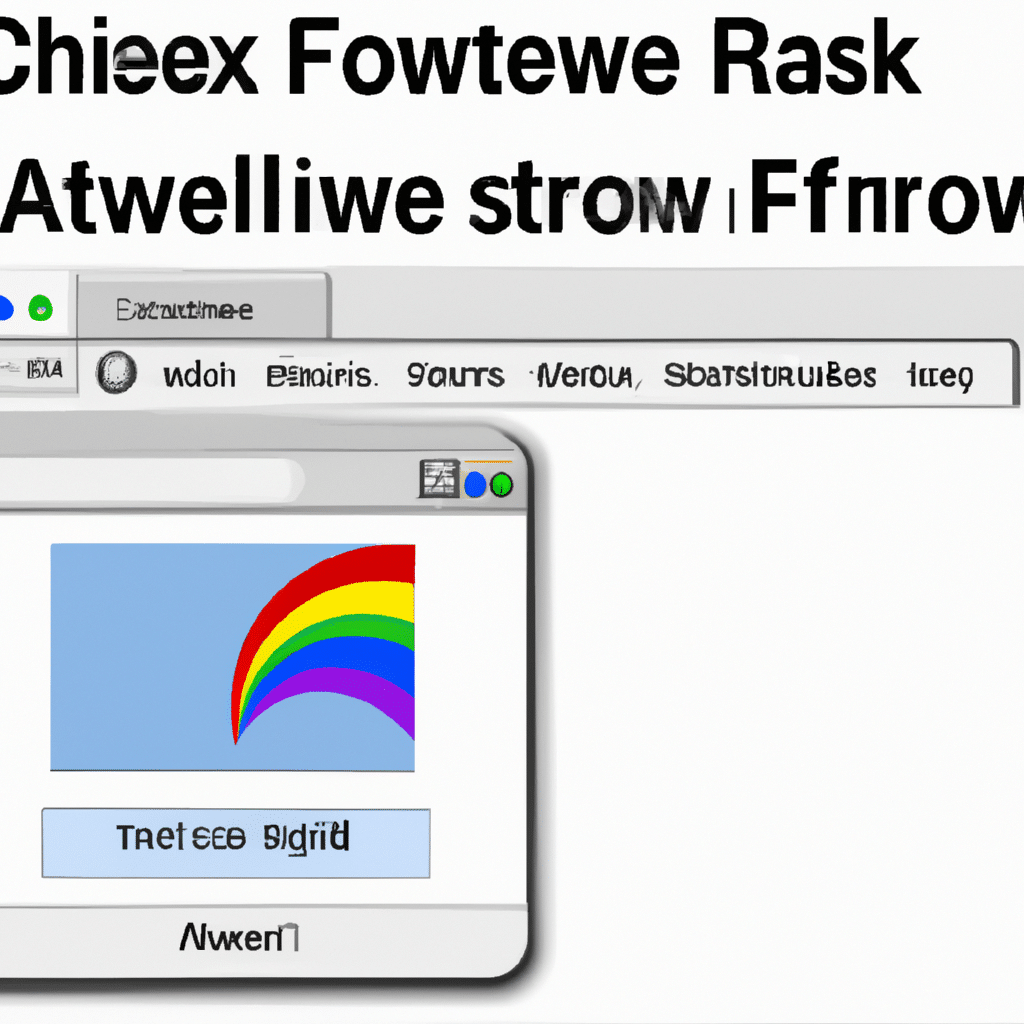Are you ready to go on a digital adventure? Whether it’s exploring a new website, checking out a cool new game, or attempting to solve your latest tech problem, the best way to get started is by setting Chrome up for success. With the right firewall and antivirus settings, you can make sure Chrome has the access it needs to cruise the interwebs. Read on to learn more about how to allow Chrome to access the network in your firewall or antivirus settings.
Letting Chrome Cruise the Interwebs
We all know that Chrome is the best browser for speed, security, and accessibility. But without proper access to the network, Chrome is powerless. To make sure Chrome can take you wherever you want to go, you’ll need to make sure it has access to the network.
In order to do this, you’ll need to dive into the depths of your firewall or antivirus settings. Don’t worry—this isn’t as intimidating as it may seem. With a few clicks, you can grant Chrome the freedom to explore the internet.
Unblocking Chrome with Firewall Finesse
Start by opening your firewall or antivirus settings. Here, you’ll be able to view a list of applications. Look for Google Chrome and uncheck the box next to it. This should give Chrome the access it needs to the network.
Once you’ve done this, you’ll need to check that Chrome actually has access to the network. To do this, open up a new tab and try to access a website. If you’re unable to access the site, double check your firewall and antivirus settings to make sure you’ve granted Chrome the proper access.
Getting Chrome access to the network is easy when you know how. By making sure your firewall and antivirus settings are properly configured, you can make sure Chrome can access all the sites and services you need. Unlock the full potential of Chrome—block the block and let Chrome cruise the interwebs.
